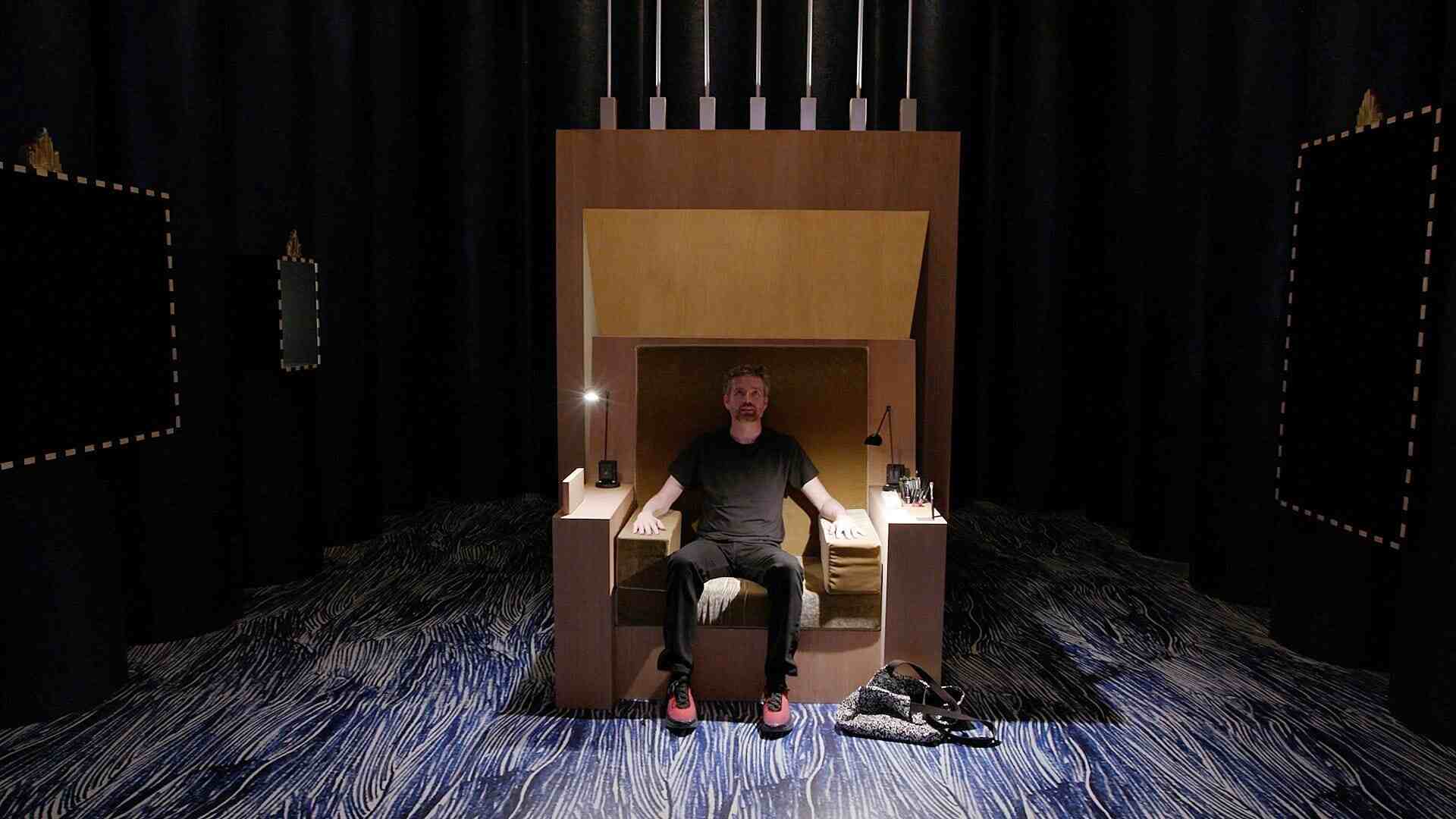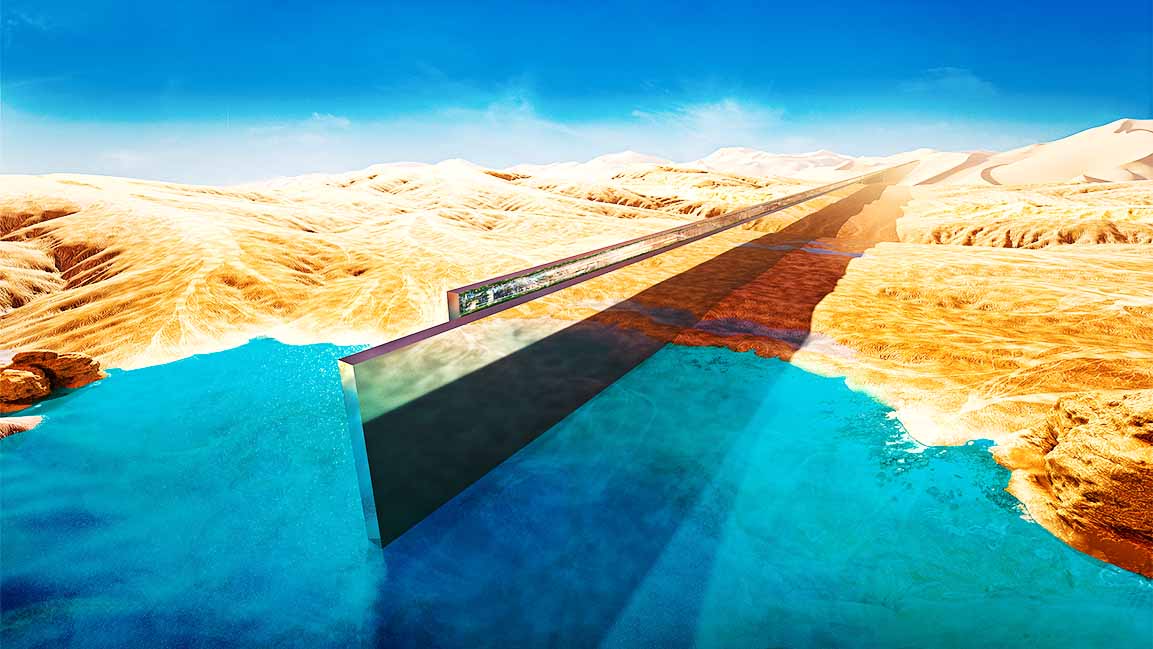- | 8:00 am
Was 2022 the year of the weird design material?
Designers embraced uncommon materials this year. Here are 5 of the wildest.
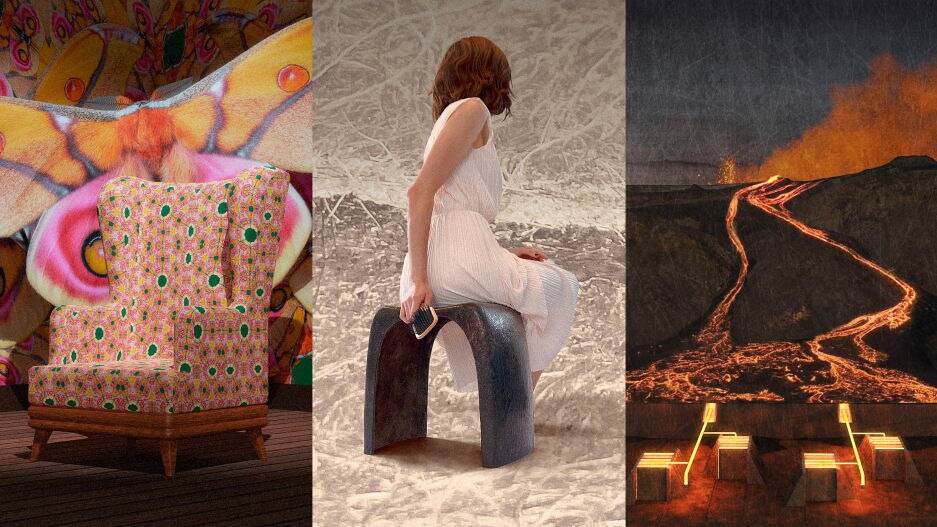
2022 was wild on the design front. The AI frenzy took the world by storm. Adidas (finally) split with Ye. And BMW designed a golf cart (sort of). But we’re here to talk about a different kind of wild—the kind that gets designers to think and look way outside the box for the next best material, even if that material has to be harnessed straight from an erupting volcano. So without further ado, here are five of the wildest materials we’ve seen this year.
ANIMAL BONE

Humans have made spoons, combs, and china out of animal bones for millennia. But Swiss-Tunisian designer Souhaïb Ghanmi kicked off 2022 with an entirely new proposal: electric sockets made of discarded bones from the meat-processing industry.
According to Ghanmi, animal bone is “strong as a stone but easy to carve, like wood.” It can be carved or ground to fine dust, mixed with a binder, then 3D printed, or poured into a mold. Yes, the thought of brushing your fingers against the product of a slaughtered animal isn’t entirely enticing, but it helps to know that animal bone is an existing waste stream that would otherwise be sent to a landfill. Also, these sockets look a million times better than the drab plastic rectangles in our homes today.
BIO-GLASS MADE OF MUSSEL SHELLS
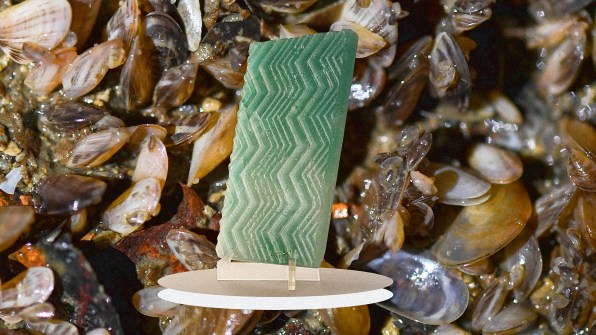
Alternative materials are in vogue—mycelium bricks, algae-based plastics, cornstarch foam. But one material has been left largely untouched for centuries: glass. Glass is infinitely recyclable, but mining for the sand that makes up 70% of its contents can erode rivers and disrupt ecosystems. Enter bio-glass made of crushed quagga mussel shells. These shells were previously clogging London’s water pipes and tunnels, but now they’re the basis of a new material. The resulting glass looks less like a clear window pane and more like a textured, translucent brick, but it’s an interesting example of what its designer, Lulu Harrison, calls “geo-specific glass.” The material is still in the early stage of development, but if it ever becomes commercially viable, it could help designers cut down on transportation costs by incorporating locally-sourced materials.
LAVA
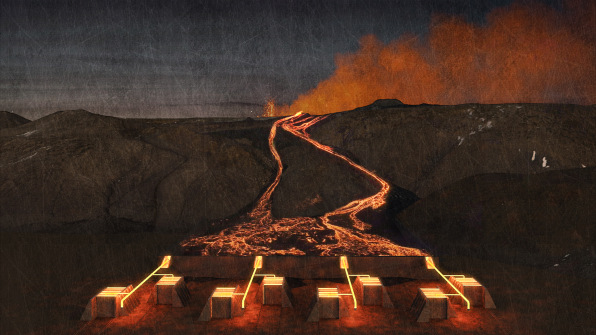
Concrete and steel still top the charts of most used construction materials, but they also come with a hefty carbon footprint. What if, instead, architects turned to more sustainable, locally sourced materials like rammed earth, bamboo . . . or molten lava? For the past four years, Icelandic architect Arnhildur Pálmadóttir has been researching how to harness molten lava from the hundred or so volcanoes in her country to use as a natural building material. This year, her research culminated in a fascinating exhibition where her firm, SAP, laid out three extraordinary ideas for how the lava could be harnessed: digging trenches for lava to flow into when a volcano erupts (which in Iceland, happens every fives years or so), drilling into magma (before it erupts and turns into lava), and 3D-printing bricks with molten lava. It’s a radical experiment, but it speaks to the urgency of the climate crisis—and the industry’s desperate efforts to find alternative building solutions.
ACOUSTIC WALLPAPER INSPIRED BY MOTHS
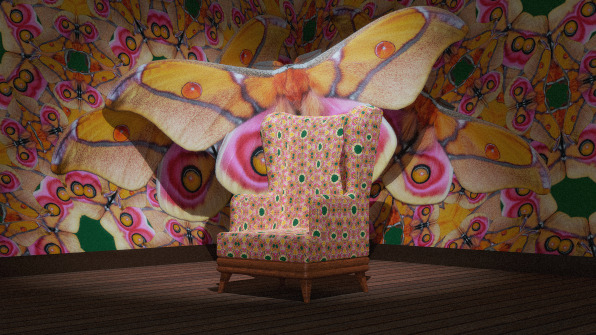
At first blush, the connection between silk moths and acoustic wallpaper can seem tenuous. But it turns out that moths are the perfect inspiration for acoustic materials, given that some of the insects never grow ears and instead use their sound-absorbent wings to protect themselves from echolocating bats.
Known as “acoustic camouflage fur,” the coating of a moth’s wing can absorb up to 85% of the sound that hits it. And according to a recent study by a team of researchers at the University of Bristol, that coating—which consists of a very fine dust—can inspire a new wave of ultra-thin acoustic wallpapers. If the research pans out, this moth-inspired wallpaper could eventually be applied to a variety of surfaces, from office walls to the seats of an airplane.
HUMAN HAIR
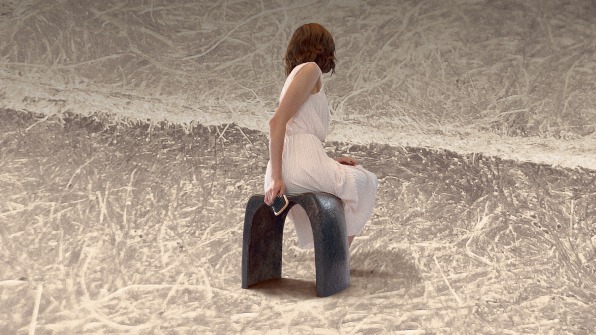
Hair has been used as a mortar reinforcement for centuries, but in recent years, a growing number of designers and architects have taken a renewed interest in this incredibly versatile material. Indeed, hair is tensile enough to be braided into rope, flexible enough to be woven into felt, and resistant enough to be pressed into a panel that resembles wood. All of three of these materials are currently being developed by Green Salon Collective, a British startup of eco hairdressers and R&D experts who are collaborating with designers and architects like Pareid and Biohm. The results are highly promising already. We just need people to get past that ick factor.















